|
Killer7 (JP) is a Nintendo GameCube game that was released in 2005. It is a cel-shaded shooter published by Capcom and created by Grasshopper Manufacture. This game was later succeeded by No More Heroes.
Plot[]
The story takes place a few years in the near future in a dark alternate version of Earth when a sixty year old assassin tries to take down a race of dead creatures called "heaven smiles" and government officials.
Gameplay[]
The player controls the on-screen character, a member of the killer7 group, from a third-person view using the gamepad. The gameplay consists of elements of first-person shooter and action-adventure game with restricted movement (i.e. "on rails")—rather than allow free motion, the game limits the on-screen character to predetermined paths through the environment. The on-screen character moves forward by holding a button and reverses direction with another button press. At intersections, the player may choose which path to take. Progress is made by navigating the environment and solving puzzles. Some puzzles require the talents of a specific killer7 member. The player may switch between available members via a menu in the pause screen at any time; not all personalities may be awake at a start of a mission, and requires defeating a number of enemies before they can be awakened. Other puzzles require magical rings or other items collected throughout the game.
Combat in Killer7 occurs when the player encounters enemies called "Heaven Smiles". Smiles announce their presence with a laughing sound effect and are initially invisible. The player must switch to a first-person viewpoint and scan the surroundings to reveal Smiles. While in first-person view, movement is disabled and the analog stick aims the character's gun. Targeting specific body parts will disable them; for example, shooting off a leg will cause a Smile to fall to the ground and crawl toward the player. The player may aim for a "critical point" that instantly destroys the Smile. Smiles that get too close will explode and injure the character. If a character dies, players can use Garcian Smith to retrieve the fallen character's head and bring them back to life; if Garcian dies, then the game ends.
Defeated Smiles yield "thick blood" and "thin blood". Thin blood is used to recover the characters' stamina and fuel special abilities. Thick blood functions similarly to experience points, and players gain more by shooting Smiles' critical points. The player may redeem thick blood for "serum" while in "Harman's Room", checkpoints that appear throughout the game. Serum is used to improve the attributes of the characters such as "power" and "speed". This also unlocks special abilities for the characters. Players may save their game in designated Harman's Rooms.
Completing the game unlocks a new difficulty called Killer8 where the character Young Harman can be played along with the original seven personalities. Killer8 is more difficult than the original mode with most enemies able to kill the player with one attack. Completing Killer8 unlocks a comical Hopper7 mode where the first level can be replayed with weaker enemies that wear grasshopper masks, mirroring the logo for the game's developer Grasshopper Manufacture.
Reception[]
Killer7 received divided reviews and sparked debates about depictions of sex and violence in video games and the status of video games as art. James Mielke of 1UP.com likened the game's high-contrast art style to noir and neo-noir film such as Se7en. He found that despite poor pacing and stilted gameplay, the "quirky scripting and edgy plot" were strong draws, and called Killer7 one of the "most artfully designed footnotes in gaming history". Edge magazine's reviewers echoed this sentiment and predicted that the game would "[pave the way] for future creative leeway", crediting the director with an unwavering artistic vision. Eurogamer's Kristan Reed was keenly aware of the game's limited appeal, calling it "a concept game, an arthouse game, a simple game, an often beautiful game, but most certainly never an everyman's game". Yahtzee Croshaw of The Escapist commends the game for "showing exactly what can be done when you flaunt all established convention and just start exploring what can really be done with gaming as an art form".
External links[]
| Grasshopper Manufacture | |
|---|---|
| No More Heroes series | No More Heroes • 2: Desperate Struggle • Travis Strikes Again • No More Heroes III |
| Other games | Shining Soul • Shining Soul II • Killer7 • Contact • Flower, Sun, and Rain Zero: Tsukihami no Kamen • Liberation Maiden • Sine Mora EX • The Silver Case 2425 |
| Related | Capcom • GungHo Online Entertainment • Goichi Suda |
